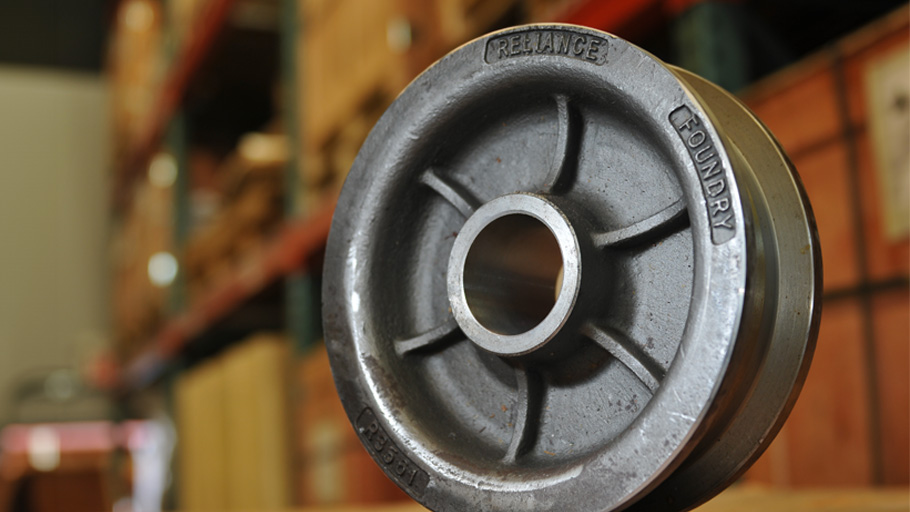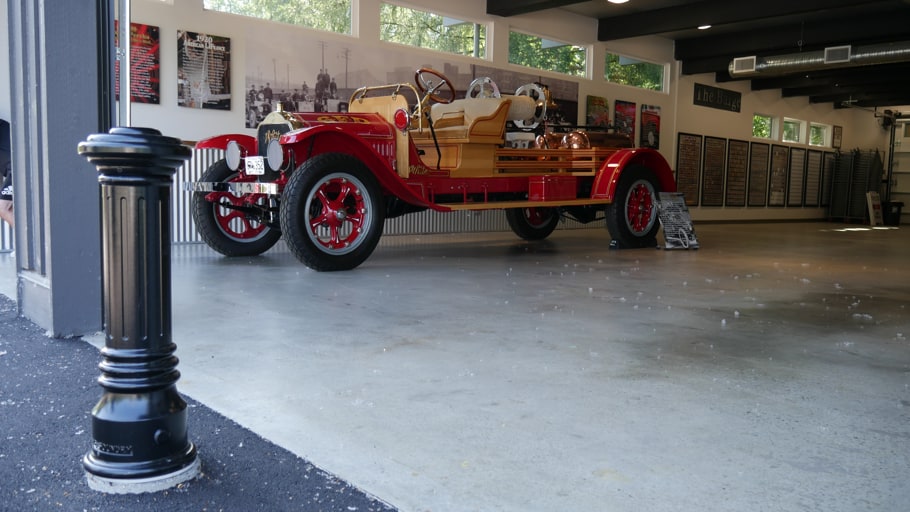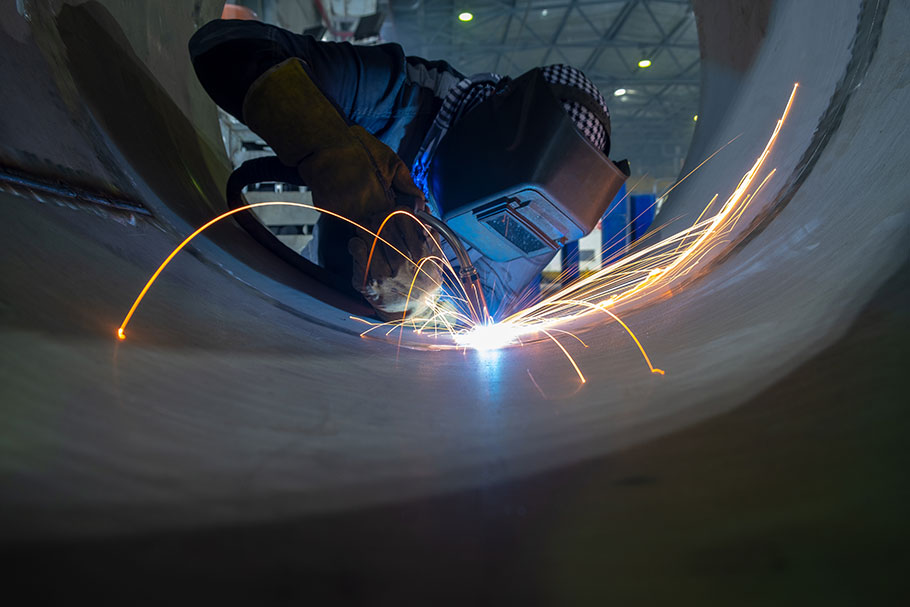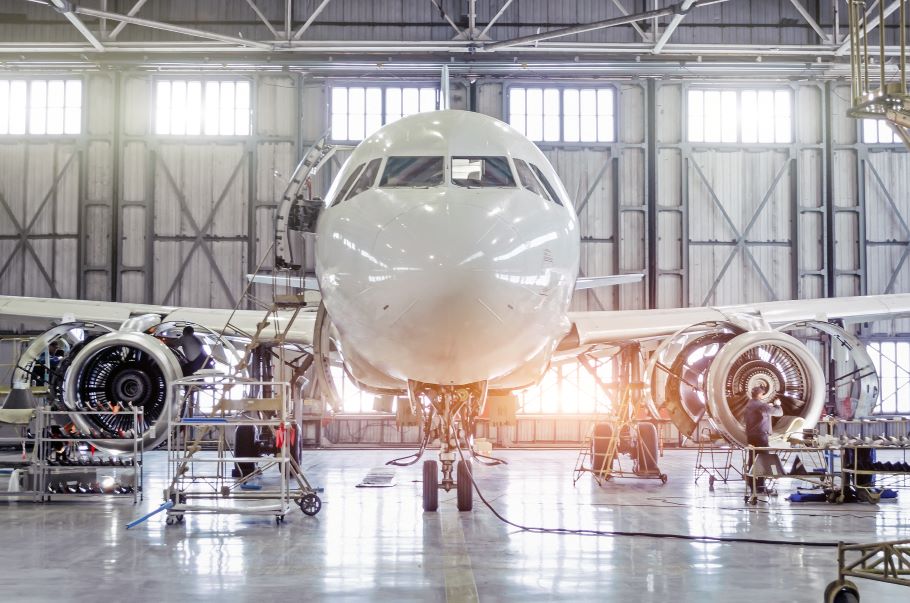Why sorted scrap metal won’t end up tossed in the landfill
Scrap metal has been salvaged and reused since the early ages of metal working. From both an environmental and economical standpoint, recycling metal is extremely effective. Metals such as steel, iron, aluminum, and copper can be recycled an infinite number of times, because their metallic properties do not deteriorate with repeated melting and casting. With plastic and glass recycling so much more difficult, it’s important to remember that recycled metal is a traditional foundation of a lot of metalwork.
The metal recycling industry specializes in retrieving metal from obsolete objects so that scrap metal does not end up in landfill sites. Instead, it is converted into raw materials for new products.
Foundries rely on metal recycling for a sustainable, cost-efficient source of raw material. According to the American Foundry Society, the price of casting would increase by 20–40% without the use of recycled materials.
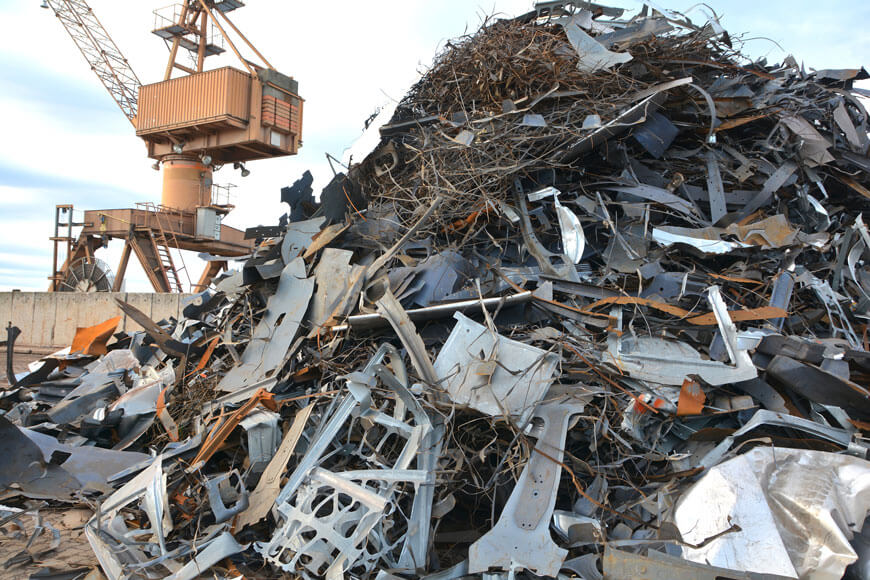
Scrap metal types
There are three main categories of scrap metal described by the American Iron and Steel Institute (AISI).
Home scrap
Home scrap refers to the trimmings, pigged metal, and rejects generated during mill or foundry production. This type of scrap has known chemical properties, and is easily combined with other raw materials and reprocessed on-site.
Prompt scrap
Prompt scrap is generated during the fabrication of metal products. Much like home scrap, the chemical properties are known, and quickly returned to the mill for reprocessing.
Obsolete scrap
Obsolete scrap is recovered from sources such as end-of-life automobiles, appliances, farm equipment, structural metal, and ships. The chemical properties of obsolete scrap are largely unknown—the source materials may have been in use for decades, or previously recycled and mixed with other materials. Obsolete scrap must be sorted and processed before it can be used.
Separating metals
The scrap metal recycling industry refines unprocessed obsolete and prompt scrap into commodity grade material. Obsolete scrap collected from scrap metal dealers, auto salvage facilities, and industrial manufacturers are typically sent to large scale recycling facilities for processing. Once at the recycling facility, the scrap metal is screened for radiation, loaded onto an infeed conveyor, and shredded into fist-sized pieces.
The scrap metal must then be separated into ferrous, non-ferrous, and non-metallic materials. This process requires the scrap metal to be shredded into small pieces, so it can be efficiently and completely separated. Oversized scrap—scrap that is too large to shred—is sized and sorted manually. The Institute for Scrap Recycling Industries (ISRI) has developed standard specifications for scrap commodities to help buyers and sellers value processed metal scrap accurately.
Ferrous metals
Ferrous metal alloys contain iron. Common ferrous alloys include steel, malleable iron, and gray iron. Iron has magnetic properties, so magnetic attraction is commonly used to identify ferrous alloys. Ferrous scrap is usually separated from non-ferrous material using an electromagnet.
Ferrous scrap is widely used in steelworks and in cast iron and cast steel products made by foundries. According to a steel recovery and recycling rate report, iron and steel account for approximately 90% of the mass of all metals consumed in the United States and globally. The high consumption rate of steel makes it economically feasible to be recycled. As a result, steel is the most recycled material worldwide.
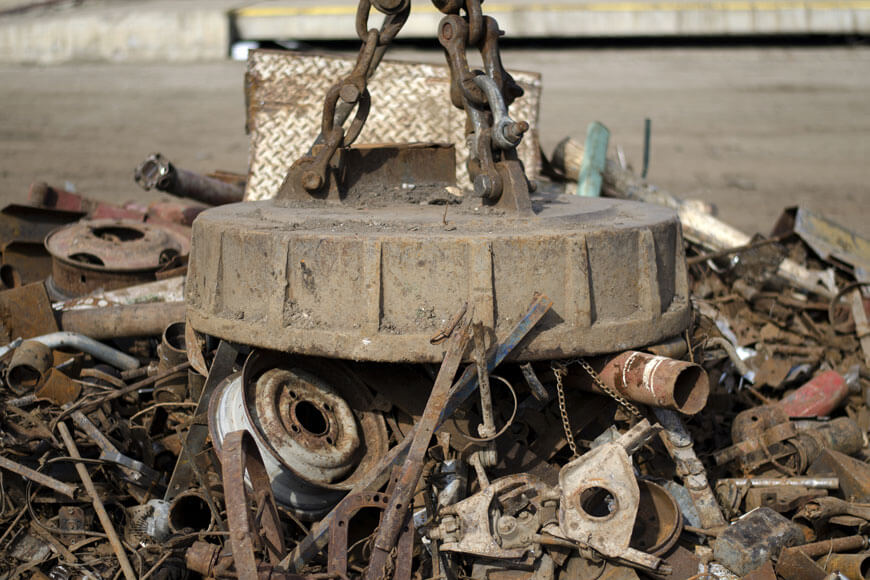
Non-ferrous metals
Any metal that does not contain iron is referred to as non-ferrous. Non-ferrous alloys, such as copper based alloys, are non-magnetic and corrosion resistant. They are also heavier than non-metallic metals—an important factor for the separation process. A powerful vacuum or cyclone can effectively suck small, non-metallic pieces away, while leaving non-ferrous alloys in place. Any problematic pieces that are not correctly separated by the magnetic drum or cyclone are recovered at a human-operated “hand-pick” line. At that point, ferrous metals are compacted and shipped to steel mills and foundries, and the remaining material goes on to the non-ferrous separation process.
Non-ferrous separation makes use of eddy currents, induction sorting, and additional hand-picking to sort out various alloys with a focus on aluminum and copper. Some non-ferrous metals, often referred to as “specialty metals,” are rarely recycled because they are typically used in tiny amounts or complicated applications such as computer chips. Their value and relative volume does not justify the cost required for separating and recycling.
Non-metallic material
Any non-metallic material left over at the end of the separation process is sent to the landfill. The metal recycling industry is working to find new ways to efficiently separate and use more of these materials to reduce waste.
Refinement and purification
After separation, scrap metals undergo secondary refining. Recycling facilities sort obsolete scrap into rough categories. However, the exact chemical properties remain a mystery. In order to become a usable raw material, scrap needs to be purified to the point where it meets known specifications.
Scrap pieces with similar properties are loaded into a large furnace and heated to the appropriate melting temperature for the metal. In the refinement process, slag forms and floats to the top of the molten metal. Slag is the stony waste matter separated from metals during refining. The molten metal is then tested and further refined to meet desired quality standards. Immediately before tap out and pouring, slag and oxidized impurities are discarded to purify the metal. Once the molten metal achieves the necessary characteristics, it is transferred to a cooling vessel, ingot die, or poured directly into a mold to be solidified.
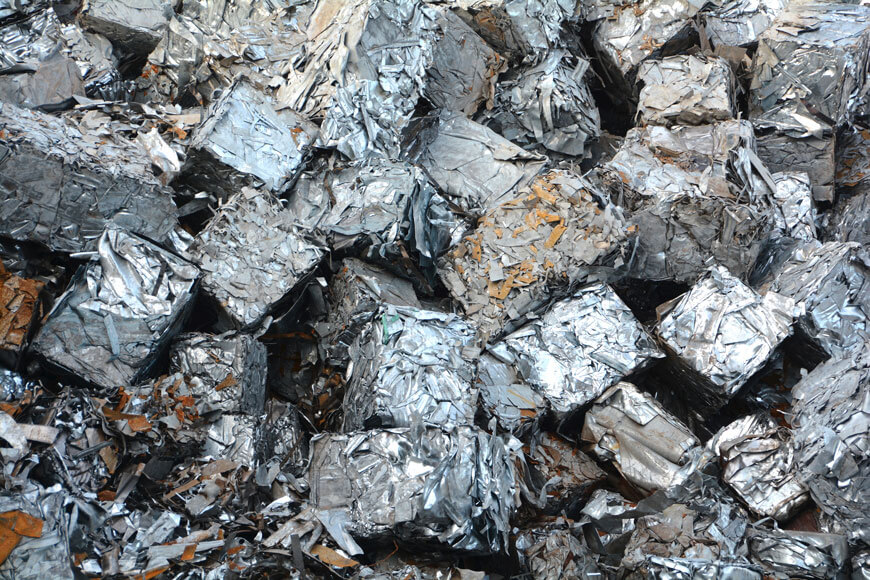
Manufacturing
Scrap metal is shipped around the globe for use in mills and foundries. Hundreds and millions of tons of scrap metal are consumed each year, making the transformation into new products to begin a new cycle.
Foundries source more of their raw materials from scrap yards and collection depots than from virgin-metal suppliers. According to the AFS, ferrous metal casters use between 30–50% internal scrap, and 40–50% scrap from external sources. This includes ferrous material from recycled cars, appliances, and scrap steel from other manufacturing operations. These figures show the incredible commitment to recycling metals within the metals industry.
Scrap metal recycling
Obsolete scrap metal comes from sources such as end-of-life automobiles, appliances, and ships. Watch the video to see a metal recycling facility specializing in obsolete metal from the automotive industry.
Sustainability
Recycling scrap metal reduces the environmental impact of metal production. In 2016, the Bureau of International Recycling (BIR) reported that obsolete steel used as raw material in steelmaking reached 235 million tonnes—that is, 235 million tonnes of waste that did not enter landfill sites.
The metal recycling process produces fewer emissions, and requires significantly less energy than producing new metal alloys. The ISRI factsheet for iron and steel shows that recycling steel requires 56% less energy than producing steel from iron ore. In addition, by using ferrous scrap rather than virgin materials in the production of iron and steel, CO2 emissions are reduced by up to 58%.
When recycled metal is available on the market, the demand for virgin ore extraction decreases. Metal recycling transforms waste into a useful resource, conserves energy, and decreases extraction activity and resulting environmental impacts.
Sources
- Steelworks. “Steel recycling”.
- Institute for Scrap Recycling Industries. “Ferrous Scrap”.


